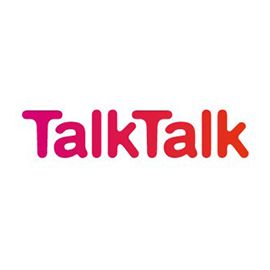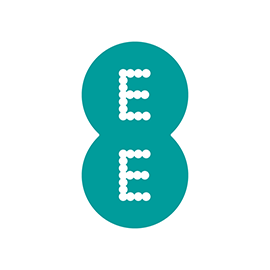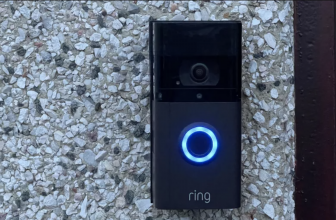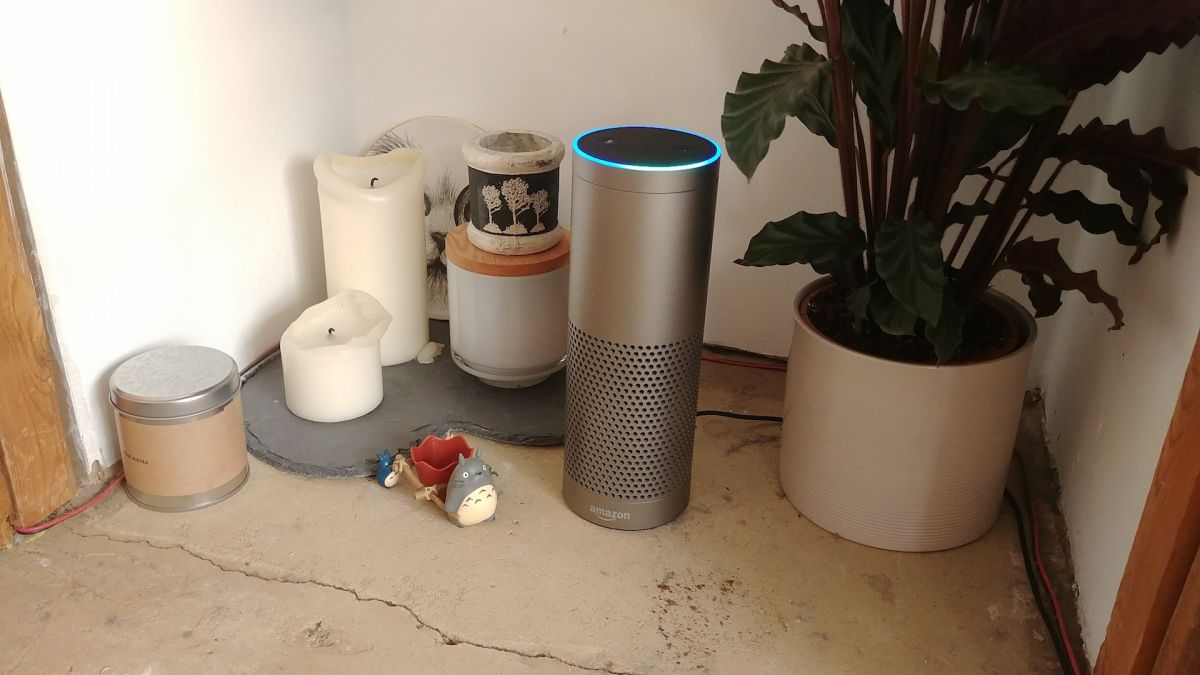
OUR VERDICT
Amazon’s top-of-the-line Echo Plus impresses, even if the new features need some work.
FOR
- Alexa voice control still amazes
- Improved audio
- A one-box smart home solution
AGAINST
- Sound quality could still be better
- Smart hub features need work
Amazon has a bigger line-up of smart speakers than Google or Apple. Choice is good, but makes deciding which to buy more difficult.
The Amazon Echo Plus is one of its column speakers, with better sound than the cheaper Echo. But is it worth the extra?
You get more bass and louder max volume, particularly useful for music. Does it sound as good as the Sonos One? No. But like Amazon’s other Alexa first-party gadgets, it benefits from a competitive price, $149.99 (£139.99) with a Philips Hue bulb included to kick-start your smart home future.
Amazon Alexa, the digital assistant inside the Echo Plus and all of Amazon’s Echo devices, can now control thousands of smart home products.
Design
The Amazon Echo Plus looks almost identical to the original Echo, released in 2015. It’s a big industrial-looking metal cylinder, but has a small footprint, letting it fit almost anywhere in your kitchen or living room. Wherever you like.
235mm tall and 84mm wide, the Echo Plus is quite eye-catching. It’s available in black, white and the warm silver shade we have here.
A dotted speaker grille wraps around and goes halfway up the speaker, before ending in a brushed section towards the top, capped off with a color-changing light ring around its upper edge. This is used to show everything from volume level to listening modes and connectivity issues.
The Echo Plus’s smaller brother, the Echo, looks a little more neutral, thanks to its squatter shape and fabric outer. Here you get a gadget with a techy appearance.
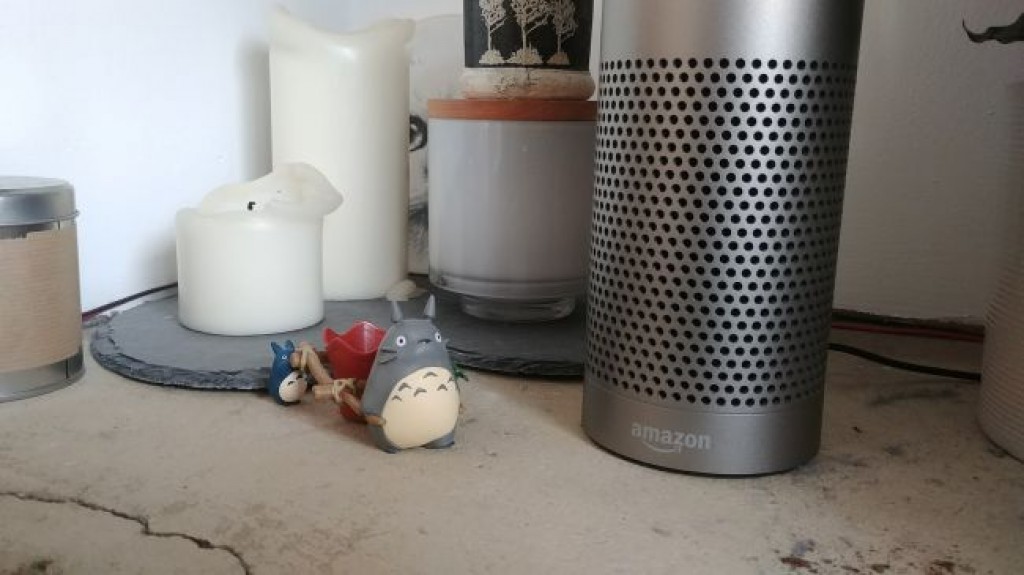
Though all controls can be carried out with voice commands, there are two hardware buttons on the Echo Plus’s top. One mutes the mic, the other activates Alexa without using the trigger “Alexa” command. Volume can be manually tweaked too with a rotating ring at the top of the Echo Plus, another feature carried forward from previous Echoes.
As well as playing sound, the Echo Plus needs to be able to hear you, even if you talk fairly quietly. It has seven far-field mics, allowing your voice to be picked up at a distance and over ambient noise. This is a very effective setup, and makes the speaker better at listening than the Sonos One.
The Echo Plus has a 2.5-inch woofer and an 0.8-inch tweeter, with Bluetooth built in for connecting to external speakers. There’s also a 3.5mm audio jack output port on the rear, a feature previously exclusive to the Echo Dot. Note that this isn’t a portable speaker, and will need a constant power supply and Wi-Fi connection in order to work effectively.
Performance
After a simple set-up process that links your Echo Plus to your Alexa phone app and home Wi-Fi connection, you’re ready to start slinging voice commands at the smart speaker.
The basics, like playing songs from Amazon Music or asking general knowledge questions, are baked into Alexa. You can add to its abilities too.
Amazon calls these different voice-activated functions “Skills”, and there are already more than 30,000 of them to try out. You install them in the Alexa app. The idea is that you can have a conversation with the speaker, with the device acting like a little audio butler to serve your every whim. You can check out our pick of the best Alexa Skills in our comprehensive rundown.
Alexa can play songs from Amazon’s own audio services or third-party streaming options like Spotify or TuneIn Radio, or be asked to control the temperature of a linked thermostat, or brightness of connected lighting. Ask Alexa a question and the female-voiced digital assistant will attempt (with a satisfyingly high success rate) to find and relay an answer from the internet, usually from Wikipedia. The uses are many and varied, from booking a taxi through Uber to ordering a pizza, or setting a wake up alarm.
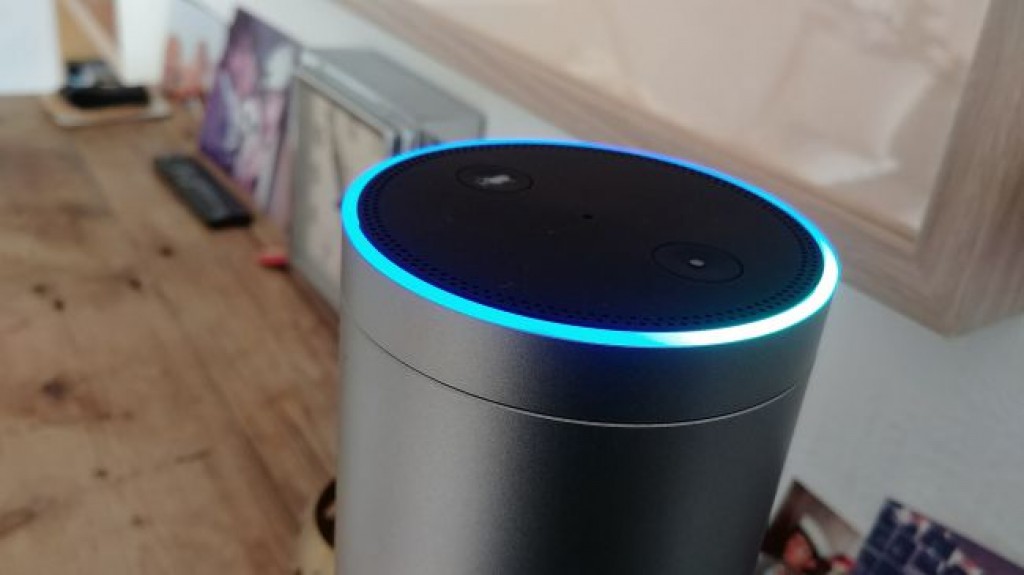
When an Echo Plus (or any Echo, for that matter) is able to correctly identify your request and act upon it, it’s a magical feeling, a little slice of that Jetsons future in your home. You’ll never get tired of turning off the lights with a voice command alone. And the mic array performance is admirably sensitive, identifying voices from a distance, even over ambient noise that it may be generating loudly itself.
However, it still needs some work contextualising some natural language patterns that it can’t identify, and the magic fades when it misunderstands or mishears your commands. Whether that’s Alexa struggling to find a musical artist that you know is available through your streaming service of choice, or (as happened with us) having Alexa mistakenly order a pricey Nintendo Switch, its errors are all the more frustrating by virtue of the fact it so often works perfectly.
This is where Google has the upper hand, as its Assistant tends to understand commands Alexa doesn’t.
The new wave of Echo devices brings with it two important new abilities for Alexa. First up is Routines, which let you create custom phrases to trigger or schedule a number of actions to occur at once. For instance, you could create an “Alexa, I’m home” command, which could then turn on your heating and lights and rattle off your to-do list. They’ll only become more powerful as more third-party Skills become compatible with the feature, making for a versatile new addition.
The second notable new feature is the ability to place calls through an Echo –that’s been available in the US for a little while, but now reaches other territories including the UK, too. The Alexa app scans your contacts book for email addresses associated with an Echo device that has enabled calling, and then you simply ask Alexa to place a call. It’s a quick and easy way to get in contact with a pal. Note that all these new features will be coming to other Echo devices, too, and aren’t exclusive to the Plus.
Sound
The Amazon Echo Plus is the most well-equipped smart speaker that the company has so far put out, at least in the audio stakes. With an improved driver array, and some digital processing tinkering now supplied by Dolby, the 360-degree omnidirectional audio output is notably more impressive than its predecessors. It’s a room filling sound at high volume levels, with little of the top-level distortion that affected earlier Echoes.
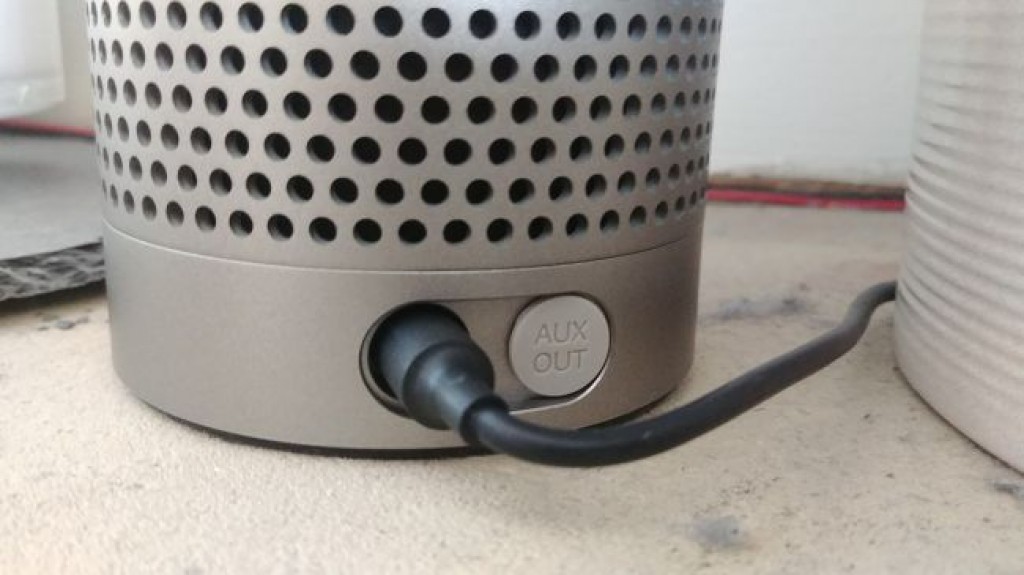
However, it’s still not quite a replacement for a high end audio system. Bass response, while improved, is still weak compared to the likes of Sonos (which now also offers Alexa support), or premium dedicated speaker sets. There’s plenty of detail in the top-end electro beeps of Fischerspooner’s Emerge, for instance, but that thumping bassline doesn’t kick home quite like it could. But every delicate pluck and slide of Nick Drake’s guitar on River Man is well represented, and his voice cuts through with a natural warmth.
It’s a good sounding speaker then, but not necessarily worth an upgrade from an original Echo, and certainly not a replacement for an audiophile’s gear. You can easily hook the Echo Plus up to another speaker over a Bluetooth connection or via the 3.5mm audio jack. But with the pocket-money priced Echo Dot letting you do the same, and offering all the same smart functionality of the Plus (minus the ability to act as a smart home hub), you’d have to question in that case if it’d be more economical to just get the smaller option and connect that to a better sound system.
Smart functionality
Now, as we’ve discussed, Amazon’s Echo line up is no stranger to smart home control. Since the first Echo was released, you’ve been able to ask Alexa to control everything from thermostat settings to smart locks and more with a voice command alone. But where previous Echoes achieved this by interfacing with a product’s own smart home hub or bridge, the Plus itself has ZigBee wireless protocol smarts built in, letting devices that work with the standard interact with the Echo Plus speaker directly, bypassing the need for a standalone hub unit.
Philips Hue lights use Zigbee, which is why Amazon bundles the Echo Plus with a bulb.
It’s an efficient system – there’s no need to lose a plug socket to multiple smart device hubs, the Plus acting as the go-between for each device. Having the set-up process of smart devices all channelled through the Alexa app simplifies the endeavour too – especially when grouping multiple devices from disparate retailers together for unified controls. With that said, ZigBee is just one of many smart home standards, meaning that while many leading smart home devices will work with the Plus, a significant selection won’t.
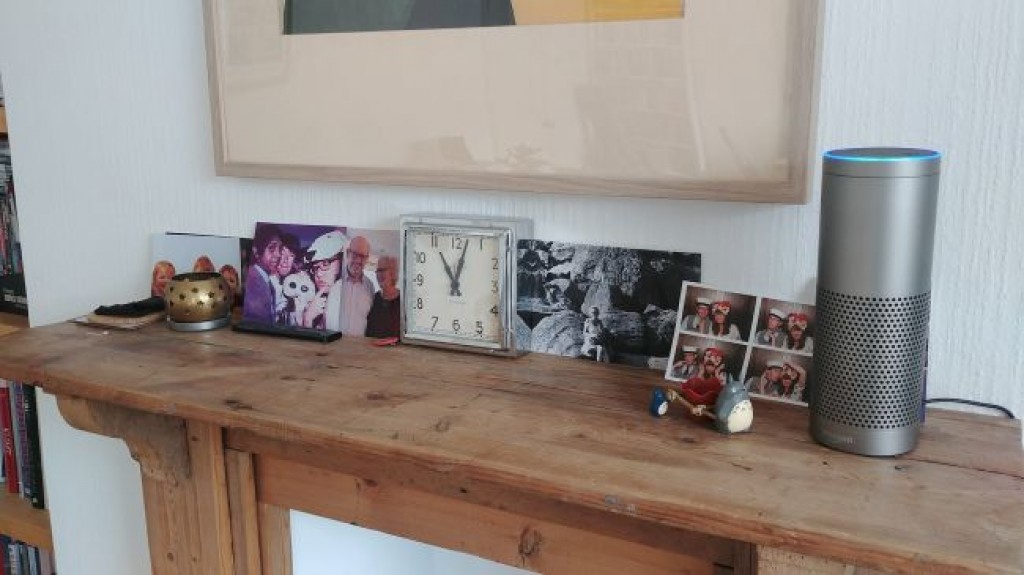
We noticed some interesting issues when trying to hook up Philips Hue connected light bulbs to the Amazon Echo Plus too. The Alexa app has a process that searches for Internet of Things devices in your house when activated, but it simply couldn’t find the Hue bulbs around our house, even when factory resetting the bulbs. And yet, when issuing a voice command to trigger the same device-searching action, the Echo Plus found them without any issues.
Once connected, the Philips Hue bulbs worked with voice commands without a hitch, switching off, changing color and dimming with just a wobble of the larynx. But it’s not quite the same experience yet as if you were using Hue bulbs removed from Amazon’s smart ecosystem. The Philips Hue bulbs are usually paired with the company’s own Philips Hue Bridge, which lets you access the bulbs across your network and through apps. However, whether it’s a lack of Hue app updates or support from Amazon which is to blame, the Hue app currently cannot interact with the bulbs without the Bridge present, which undermines the Plus’s ‘one hub to rule them all’ selling point. So in the case of the Hue bulbs, that means you lose granular control over the shade of each bulb.
Hue is only one device set from a broad smart ecosystem, but one of the most popular and widely used. However, Alexa can also control thousands of devices that don’t use Zigbee too. After all, other Echo units don’t have Zigbee hardware inside.
Right now Alexa also has the widest support for smart home devices, beating Google Home. Before buying it’s a good idea to see whether the smart gadgets you daydream about support Alexa. You’ll usually see it described as “works with Alexa” if it does.
Verdict
Like other smart home systems, Amazon Alexa is a work in progress. However, it’s easy to recommend the Amazon Echo Plus. It’s a convenient one-stop solution for both audio, smart assistant functions and Internet of Things controls, with Alexa still going strong as the most feature-rich voice assistant.
But the strength of the Echo range, especially at the lower price points, still makes these top-of-the-line models a harder sell. The Echo Dot is just that good, with the audio quality here an improvement, but not strong enough to justify a purchase on those terms alone for all. Likewise, the built-in smart hub is a great addition, but isn’t yet feature-complete, meaning committed smart home users may not want to make the jump just yet.
In short, if you’re looking to enter the world of the connected home, the Echo Plus is a great place to start. Just be aware that more economical options may, for the time being at least, suit your needs just as well.
Source: techradar.com




